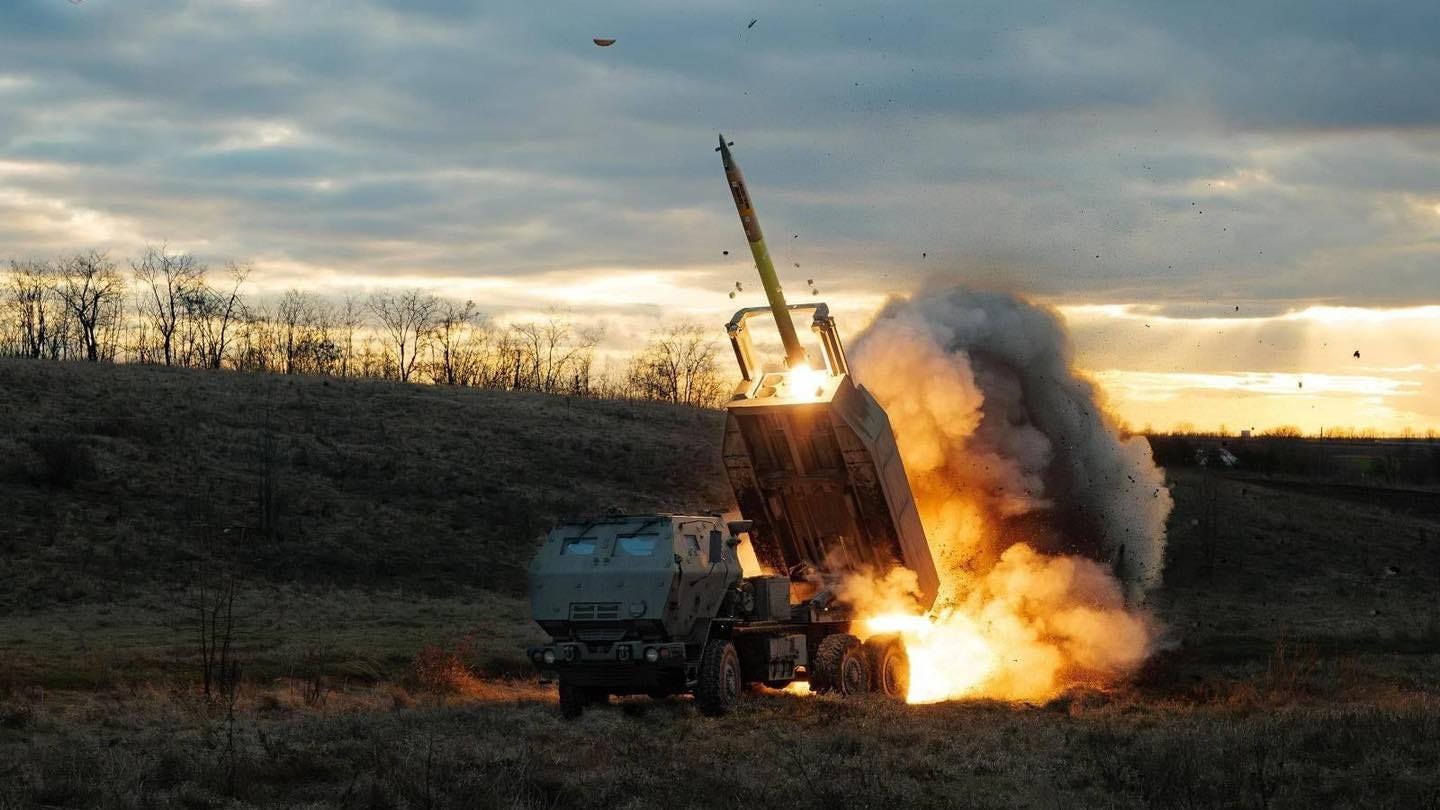The United States Limits How Ukraine May Use U.S.-Made Munitions Against Targets On Russian Soil. Does That Change Now That Ukraine Has Invaded Russia?
The definition of 'border' might be changing as Ukrainian troops push into Russia.
For two years after Russia widened its war on Ukraine, it was U.S. policy that Ukrainian forces should not use U.S.-supplied weaponry to strike targets in Russia, but only in Russian-occupied Ukraine. Any violation could impact further American aid to Ukraine.
This spring, amid escalating objections from Ukrainian leaders, the administration of U.S. president Joe Biden somewhat loosened the restrictions—allowing, for the first time, Ukrainian troops to use American munitions for “counter-battery” attacks on Russian artillery actively firing from positions inside Russia.
But those restrictions didn’t allow deeper strikes on, for instance, Russian airfields with, say, American-made Army Tactical Missile System rockets ranging as far as 190 miles.
Ukraine’s counter-invasion of Russia’s Kursk Oblast starting on Tuesday weighs on that policy. After all, the Ukrainians now actively are fighting on Russian soil.
“We don’t support long-range attacks into [Russia],” Sabrina Singh, the Pentagon’s deputy press secretary, told reporters on Thursday. “We’ve said that from the very beginning. I’m not going to draw, you know, a circular map here for you of where they can and can’t strike, but we’ve been very clear with the Ukrainians.”
The Ukrainians “are aware of the U.S. policy and what we are supportive of,” Singh said. “I think you know from the very beginning we are supportive of Ukraine and their success on the battlefield.”
“But as the dynamics have shifted on the battlefield, they’ve been able to actually push the Russians back further into Russian territory,” Singh added, clearly referring to Ukraine’s counter-invasion of Russia’s Kursk Oblast starting on Tuesday.
As they see attacks coming across the border, they have to be able to have the capabilities to respond. And so you’re seeing some of these cross-border counter-fire measures that they’re being able to take that are near the border of Ukraine.
It is consistent with our policy and we have supported Ukraine from the very beginning to defend themselves against attacks that are coming across the border and for the need for crossfires. So they are taking actions to protect themselves from attacks that are coming from a region that are within the U.S. policy of where they can operate, you know, our weapons, our systems, our capabilities.
There’s a lot of wiggle room between the Pentagon opposing “long-range” Ukrainian attacks inside Russian borders and the Pentagon permitting “cross-border counter-fire measures”—especially when Ukrainian troops now are holding nearly 400 square miles of Russian territory.
In a sense, the “border” has changed. And that circular map that Singh refused to draw, delineating where the Ukrainians can and can’t strike, might be expanding. A little bit.
It’s worth noting that, on Friday, Ukrainian rockets—seemingly fired by a U.S.-supplied High-Mobility Artillery Rocket Systems wheeled launcher—struck Russian reinforcements near the Russian town of Rylsk.
Rylsk is 20 miles from the Ukraine border and 30 miles from the zone of Ukrainian control in Kursk. That’s not exactly deep inside Russia. It’s not not deep, either.
Don’t expect the Ukrainians to start lobbing ATACMS at Russian air bases nearly 200 miles inside Russia. Do expect the Ukrainians to fire U.S.-made munitions—potentially including ATACMS—at Russian artillery and other supporting forces operating just outside the Ukrainian zone of control in Kursk. Tens of miles inside Russia.
Read more:
Ukrainian Troops Marched Into Russia Behind a Creeping Barrage of Drones and Drone-Jammers
On Aug. 6, a Ukrainian corps including at least five combat brigades plus supporting air-defenses, drones and artillery—10,000 or more troops—attacked across the Ukraine-Russia border into Russia’s Kursk Oblast.






